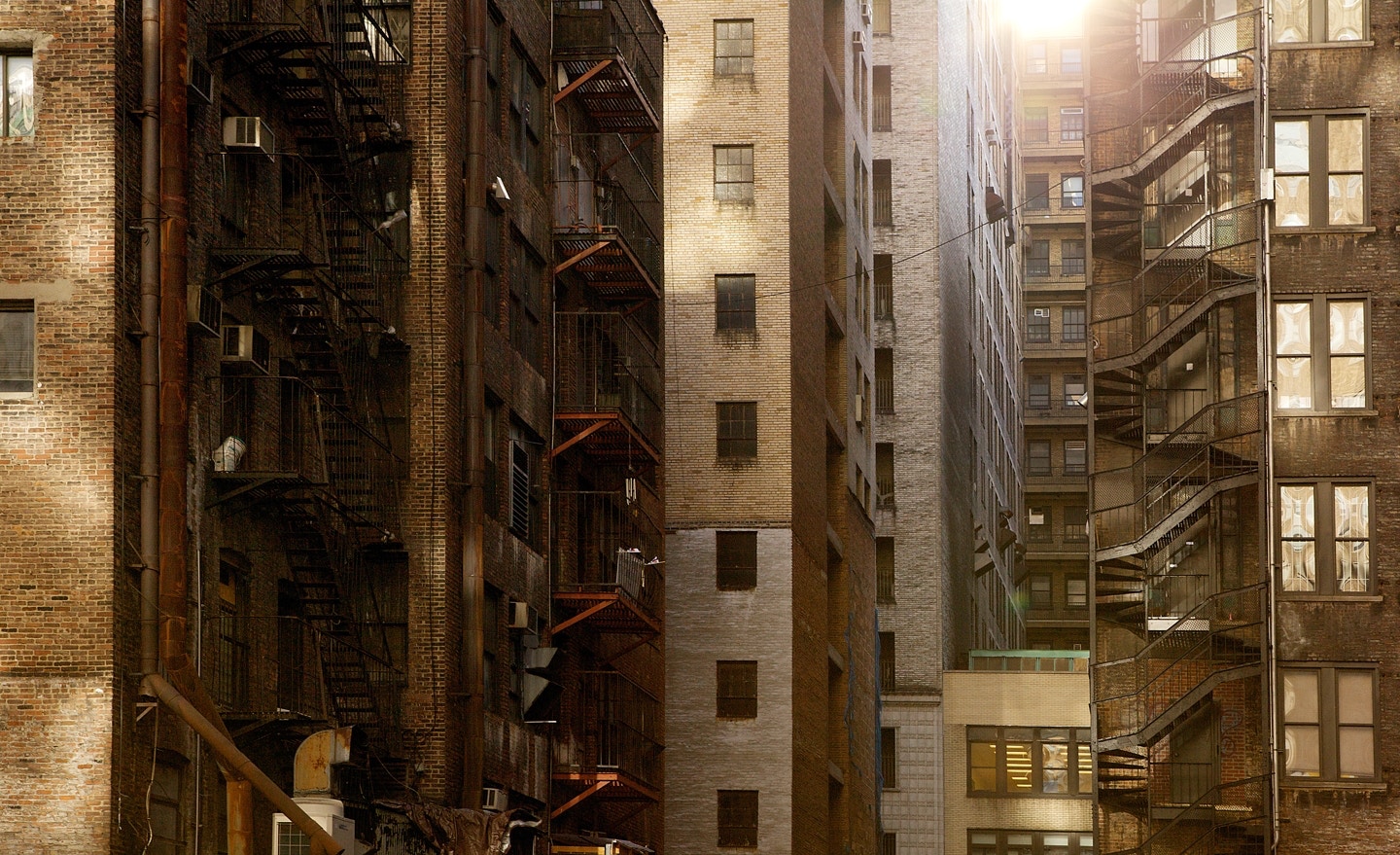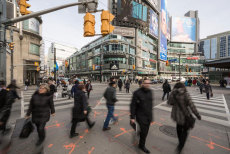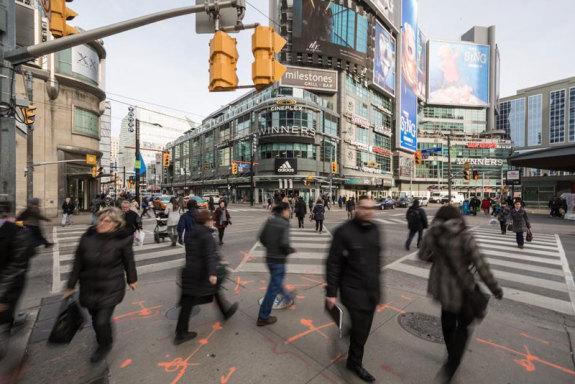Can I Sue my HOA for a Slip and Fall?

Slip and fall accidents can—and often-times do—happen anywhere. Injuries from slips, trips, or falls are usually minor, normally resulting in mere scrapes, scratches, or bruises. However, some slip and fall injuries are not so superficial. Broken bones or mild-severe traumatic brain injuries can require major medical attention and may have lasting effects on an individual’s health.
When you suffer major injuries from a slip and fall, you have every right to take legal action against the individual or entity responsible for your slip, trip, or fall, and your Homeowners Association (HOA) is no exception.
What is a Homeowners Association?
An HOA is an association created within a neighborhood by a real estate developer with an aim to maintain and sell the properties of that neighborhood. The collective residents of a development are the members of their development’s HOA, and furthermore selected residents are chosen to create the association’s board of directors. This means that if you were to consider housing in an HOA-mandated development, you would necessarily become a member of that HOA, and may even be appointed to your association’s board.
HOA contracts can get immensely complicated. For one, regulations proposed in HOAs not only involve the association members and the property owner, but include maintenance companies and developers as well. Secondly, there is some ambiguity between which areas are considered private property and which are considered commercial. These issues can complicate the process of filing a legal claim against the association. However, the HOA is not immune to legal action.
Talk to An Attorney NowWhat is a Slip and Fall Case?
A slip and fall case is a type of personal injury claim that an individual may pursue if they slip, trip, or fall on the premises of another and, as a result, suffer an injury. Importantly, the fall must be a result of the property owner’s carelessness or negligence. For example, torn carpeting, icy steps, inadequate lighting, cracked walkways, and slippery floors are all common conditions that may lead to an individual falling as a consequence of a property owner’s inattention.
Proving your fall is directly caused by another’s negligence is surprisingly difficult. To ascertain the legitimacy of your claim, one of three facts must be indisputably proven:
- The owner created the dangerous conditions that lead to the fall
- The owner knew about the dangerous conditions that lead to the fall, and intentionally chose not to fix them
- The dangerous conditions that led to the fall were present for such a length of time, that the owner had reasonable opportunity to fix them, but did not
Furthermore, it must be clear that the accident wasn’t a product of the own injured individual’s carelessness—this is sometimes called “comparative negligence”. A good example here is a recent dispute between Darlene Hanes and the Loblaws grocery chain. Ms. Hanes suffered an injury from a slip at one of Loblaw’s properties. After much litigation, the court decided that Ms. Hanes’ decision to wear high-heeled shoes in icy, snowy conditions was a principle cause of her injuries. Ms. Hanes’ was the at-fault party because of her poor shoe-choice, not the store for their negligence.
This seems logical, but many people fail to recognize that some injuries are simply accidents caused, if anything, by their own carelessness.
Talk to An Attorney NowFiling a Claim Against My HOA
When you initially move into an HOA development, you may be required to sign contractual governing forms, such as Articles of Incorporation, CC&Rs (Covenants, Conditions and Restrictions) or By-Laws. These documents mandate a great number of rules and regulations associated with the “HOA-resident-developer” relationship, such as maintenance services, association and punitive fees, housing appearance standards, and insurance coverages.
Generally, these contractual forms state that that you are responsible for everything inside of your unit, while the homeowners association and developers are responsible for the appearance and maintenance of the common areas outside of the unit. In other words, they have a fiduciary duty to keep the walkways and commons safe for the residents in the development.
These forms render the HOA legally liable for injuries sustained due to their negligence, such as those caused by broken or uneven steps, slick sidewalks, or protruding sprinkler heads. If you injure yourself due to unmaintained common areas, you must be able to demonstrate one of the following to present a strong legal case:
The HOA caused the hazardous condition The HOA knew of the hazardous condition and ignored it The hazardous condition was present for such a length of time that the HOA should have known of the potential danger
If you can prove one or more of these points, you might want to consider taking legal action against your association.
The HOA and Insurance Coverage
HOA’s generally possess liability insurance, specifically for lawsuits that result from slip and fall cases. Most injuries are covered by the association’s master policy. However, to have the HOA’s policy reimburse you for your injuries, you need to prove that the accident occurred because of their negligence, not your clumsiness.
It’s important to remember that when you initially moved into the residential area and became a member of your HOA, you signed a plethora of documents with a vast amount of rules, clauses, mandates, and regulations. It’s paramount to have an experienced legal representative on your side that can dissect the contracts and determine your best course of action against the association.

 Can I Sue my HOA for Unsafe Conditions?
Can I Sue my HOA for Unsafe Conditions? Are Grocery Stores Liable When I Slip and Fall?
Are Grocery Stores Liable When I Slip and Fall? Can I Sue the City for Tripping on Uneven Sidewalks?
Can I Sue the City for Tripping on Uneven Sidewalks? Can I Sue my HOA for Unsafe Conditions?
Can I Sue my HOA for Unsafe Conditions? Are Grocery Stores Liable When I Slip and Fall?
Are Grocery Stores Liable When I Slip and Fall? Can I Sue the City for Tripping on Uneven Sidewalks?
Can I Sue the City for Tripping on Uneven Sidewalks?


